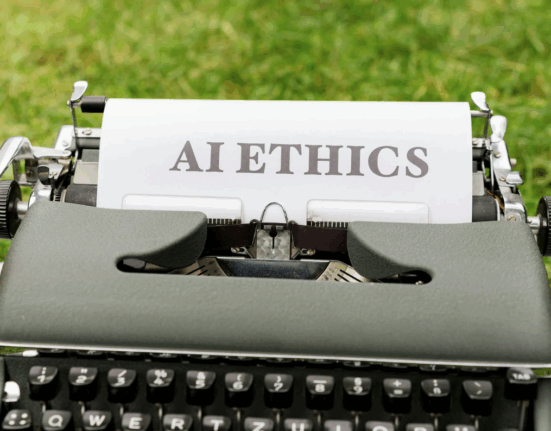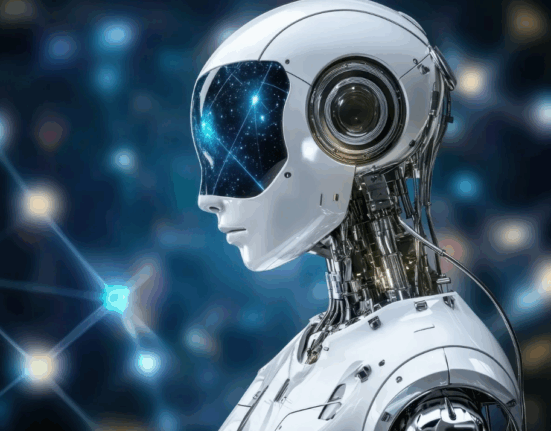Imagine breathing new life into your old, rigid legacy systems—without replacing them. That’s what happens when predictive analytics meets computer vision. Once confined to futuristic tech demos, computer vision now powers insights that were unimaginable just a few years ago. When integrated with traditional infrastructure, it transforms decades-old data silos into intelligent, forward-looking systems capable of predicting, optimizing, and automating decisions.
This transformation isn’t just for tech giants. Even established industries with outdated frameworks—like manufacturing, healthcare, logistics, and utilities—can now use computer vision to predict failures, monitor quality, and make data-driven decisions in real time. Let’s dive into how this works and why it’s redefining the future of legacy systems.
The Challenge of Legacy Systems
Legacy systems are the workhorses of many organizations. They run critical business processes, often built decades ago on outdated architecture. However, they come with a price: limited scalability, fragmented data, and minimal interoperability with modern technologies.
Companies depend on them for their reliability but struggle with modernization due to high costs, integration complexity, and potential downtime. Predictive analytics—powered by computer vision—offers a middle ground. Instead of replacing legacy systems, organizations can augment them with visual data intelligence that predicts problems before they occur.
Transitioning from reactive to predictive workflows requires bridging the gap between old infrastructure and new data-driven tools. That’s where computer vision plays a pivotal role.
How Computer Vision Bridges the Gap
Computer vision, a branch of artificial intelligence, allows machines to “see” and interpret images or videos. When integrated with legacy systems, it captures visual data from physical environments—factories, offices, hospitals, or warehouses—and transforms it into actionable insights.
For example, instead of manually checking for machinery wear or defects, cameras equipped with computer vision can detect anomalies and trigger automated alerts in the legacy system. This means the existing system doesn’t need a total overhaul—it just becomes smarter.
Transition words like “therefore,” “as a result,” and “consequently” highlight how seamlessly computer vision can extend old systems’ lifespans. It acts like an upgrade layer—collecting new data streams and feeding predictive models that help businesses stay ahead of issues.
Predictive Analytics: Turning Vision into Foresight
Predictive analytics leverages data patterns to forecast future outcomes. Traditionally, these models depended on historical numerical data. But by incorporating visual inputs, computer vision expands the scope dramatically.
For instance, in a factory setting, video footage can be analyzed to identify early signs of mechanical failure. The data feeds into predictive models running alongside the legacy system. As a result, managers can schedule maintenance before a breakdown occurs—saving costs and preventing production loss.
This combination of predictive analytics in legacy systems with computer vision effectively gives organizations a “sixth sense.” Systems can spot trends, detect irregularities, and anticipate problems that humans might overlook. It’s the difference between driving while looking in the rearview mirror and driving with a clear view of the road ahead.
Practical Applications Across Industries
Predictive analytics enhanced by computer vision is not theoretical—it’s already reshaping multiple sectors.
Manufacturing
Factories use computer vision to monitor assembly lines, detect defects, and track machine performance. Integrating this data with existing ERP systems allows predictive maintenance to be automated. Downtime drops, and output quality rises.
Healthcare
Hospitals are using visual analytics to monitor patient recovery and predict complications. For example, analyzing facial cues or movement patterns helps anticipate issues long before traditional metrics flag them. When connected to legacy hospital databases, this creates a smarter, proactive care environment.
Logistics and Supply Chain
Warehouses rely on legacy management systems for inventory tracking. Computer vision can enhance these by identifying misplaced goods, tracking vehicle movement, and forecasting bottlenecks. Therefore, operations become smoother and more efficient.
Energy and Utilities
Energy providers use visual inspection systems on pipelines and turbines. When anomalies are detected, predictive models within their existing SCADA or control systems can trigger preemptive maintenance alerts. This ensures reliability and prevents costly failures.
Integrating Computer Vision with Legacy Systems
So, how can organizations integrate something as advanced as computer vision into rigid, outdated systems? The key lies in smart interfacing rather than total replacement.
Modern APIs, middleware, and edge computing devices act as translators between new and old technologies. Cameras capture video data, which AI models process at the edge or in the cloud. The processed information is then sent as structured data back into the legacy system, triggering automated actions or visual dashboards.
This architecture allows predictive analytics in legacy systems to operate without requiring massive infrastructure changes. It’s like fitting a modern engine into a vintage car—the shell remains, but performance skyrockets.
Benefits of Predictive Analytics with Computer Vision
When organizations combine computer vision with predictive analytics, the advantages go beyond automation. Let’s explore the main benefits driving adoption.
1. Reduced Downtime
By identifying potential equipment failures early, predictive analytics minimizes unexpected breakdowns. This not only saves maintenance costs but also improves uptime significantly.
2. Cost Efficiency
Upgrading entire legacy systems is expensive. Adding computer vision-based predictive capabilities allows companies to modernize gradually, reducing both financial and operational risks.
3. Improved Accuracy
Visual data adds context that traditional sensors can’t provide. From detecting cracks to analyzing worker behavior, accuracy in forecasting improves substantially.
4. Enhanced Decision-Making
Managers gain real-time insights backed by visual confirmation. Decisions become data-driven, not assumption-based. Consequently, operational consistency improves.
5. Scalability
Because computer vision solutions often work as external layers, they can be scaled across departments or facilities without overhauling existing architecture.
Challenges and How to Overcome Them
While the potential is immense, implementing predictive analytics in legacy systems with computer vision isn’t without hurdles. Integration complexity, data compatibility, and resistance to change are common obstacles.
To overcome these, organizations must:
- Start small—pilot one process before scaling up.
- Use middleware solutions for smooth data transfer.
- Train staff to interpret visual insights effectively.
- Maintain transparency about data usage to ensure compliance.
With these steps, the transition becomes manageable and measurable. Moreover, partnerships with AI solution providers can simplify the journey, reducing technical friction.
Future of Predictive Analytics in Legacy Systems
The future lies in continuous learning systems that evolve over time. With the rise of edge computing, 5G, and generative AI, predictive analytics will become more adaptive and autonomous.
Legacy systems will no longer be viewed as outdated but as valuable data reservoirs ready for transformation. Computer vision will act as the gateway—unlocking these systems’ full potential and turning static processes into living, learning ecosystems.
As organizations harness this power, they’ll shift from being data-rich but insight-poor to truly intelligent enterprises. The question isn’t if you’ll integrate computer vision, but when.
Conclusion
Predictive analytics in legacy systems with computer vision represents the ultimate bridge between the old and the new. It empowers organizations to predict, prevent, and perform better—without the chaos of a complete system overhaul.
By augmenting existing frameworks with AI-driven vision, companies can transform their operational DNA. They’ll move from reactive problem-solving to proactive innovation—unlocking performance, reliability, and foresight in one decisive leap.
The path forward isn’t about replacing what works—it’s about enhancing it intelligently. Computer vision is the eye that helps legacy systems finally see the future.
FAQ
1. What is predictive analytics in legacy systems?
Predictive analytics in legacy systems uses historical and real-time data to forecast future outcomes without replacing old infrastructure.
2. How does computer vision help legacy systems?
Computer vision collects and analyzes visual data, helping legacy systems predict failures, improve efficiency, and automate decisions.
3. Is integrating computer vision expensive?
Not necessarily. Most implementations use modular hardware and APIs, allowing integration without major system replacements.
4. What industries benefit most from this integration?
Manufacturing, healthcare, logistics, and energy sectors see the most value through predictive maintenance, quality control, and process optimization.
5. What’s the future of legacy systems with AI?
AI and computer vision will turn legacy systems into intelligent, adaptive networks capable of learning and evolving in real time.








